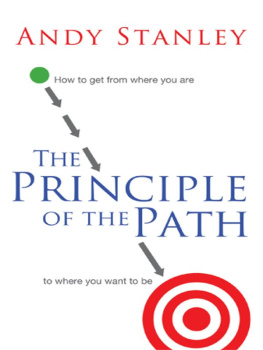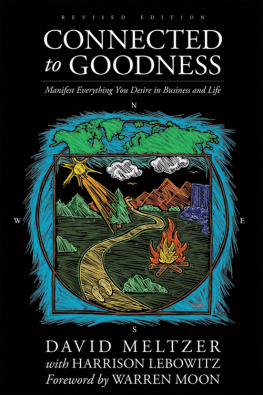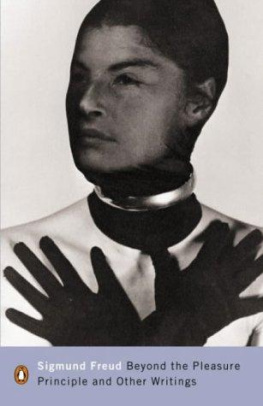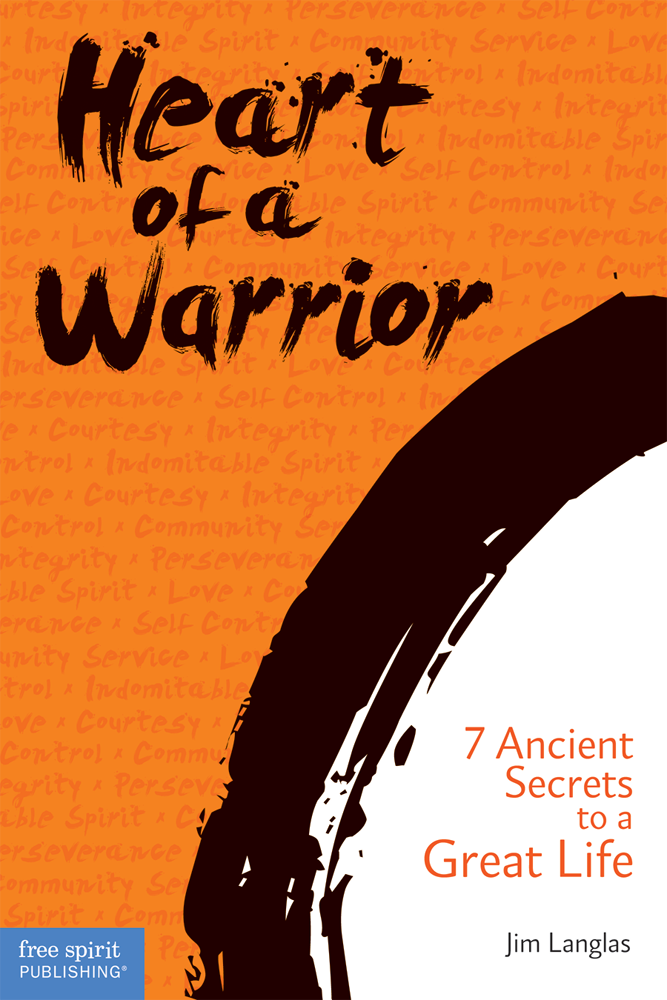

|
|---|
Entering the World
of the Warrior Even the longest journey must begin where you stand. Lao-tzu |
|---|
You are about to enter the world of the warrior. Once you enter it, you will discover that it is a world of action, and that this action is rooted in belief and character. It is a noble and an honorable world. The modern warriorwhom you may choose to becomedoes not want to fight others. Instead, the warrior strives to conquer the self, and to live with power and peace, confidence and joy, even in difficult times. The true warriors spirit can never be defeated.
The roots of warrior culture stretch far back in time. Throughout history and all around the world, the warrior has been a powerful symbola symbol of strength and courage, and also of integrity and creativity. Over the centuries, many different groups of warriors have earned the respect and gratitude of their people. The warrior tradition includes the European knights of the Middle Ages, the Japanese samurai, and the Spartans of ancient Greece.
One unique group of warriors lived in Asia nearly 1,500 years ago. In the ancient kingdom of Silla, located on the Korean Peninsula, a band of warriors strived to protect their small homeland from the attacks of much larger neighboring kingdoms. These warriors were called the Hwarangdo (pronounced hwah-rahng-DOE), meaning Flower Knights. This group included many courageous teenagers, as well as older warriors who guided them. Some historians think that the original leaders of the Hwarangdo were two women appointed by King Jinheung of Silla. These female leaders, known as Won Hwa (Original Flower), focused not on honing battle skills, but on the cultural development of the young Hwarangdo.
The Hwarangdo trained in the martial arts, swordsmanship, and horseback riding. They conditioned their bodies by swimming in cold rivers during the wintertime and climbing mountains in the heat of the summer. They strengthened their spirits by playing music, dancing, and writing poetry. When they grew into adults, they became leaders of their towns and of their kingdom.
The Hwarangdo were a powerful force, and they lived according to a disciplined code of honor. Here are the five basic elements of this ancient code:
- Be loyal to your king.
- Love and respect your parents and elders.
- Be honorable and trustworthy with your friends.
- Never retreat in battle.
- Use careful judgment when confronting your enemy.
The code of the Hwarangdo eventually formed the foundation of the five modern principles of the Korean martial art of Taekwondo. These principles are:
- Courtesy
- Integrity
- Perseverance
- Self-control
- Indomitable spirit
Centuries later, Master Cha Kyo Han, founder of the Universal Taekwondo Federation, added two more principles. These principles, which show character in action, are:
Heart of a Warrior will take you into the inner circle of a group of young warriors similar to the Hwarangdo. They are studying the warriors path, learning from their wise, elderly teacher. In each chapter, the master explores one of the seven principles with his students. Each of these principles, in turn, consists of four fundamentals that focus on specific parts of the bigger picture.
Youll find tales in this book about ancient warriors. Youll also find stories about modern warriors, teenagers like you. The sections called Voice of a Warrior and A Story from the Warriors Path feature writings directly from those teens, recounting how theyve put the ideas in Heart of a Warrior into action in their own lives. All of these stories can serve as personal guides for you as you practice the way of the warrior. Be on the lookout for the Room for Reflection sections, too. Each one poses questions that you can think about, talk about, or write about as you strengthen your warriors heart.
My own background is in Taekwondo. Ive studied this art since I was a teenager, and I also taught it for many years. So the seven principles in this book are closely tied to the practice of that specific field. Many other martial arts draw upon similar principles. So do a variety of philosophies and belief systems from Korea, other East Asian countries, and cultures all over the world. You might already be familiar with similar ideas and character traits from school or elsewhere.
You do not have to train in the martial arts or study ancient philosophies to be a modern warrior. All of us have room in our lives for these simple but powerful ideas. The world is full of happy, productive people who live by these principles every day. Modern warriors are all around us. They achieve joy, build meaningful relationships with others, gain success, and help create a more peaceful world. With determination, guidance, and practice, you can be one of them.
Being a warrior is not always easy, and embracing the principles in this book doesnt mean that you wont sometimes feel angry, resentful, sad, or lonely. We all have these emotions. They are part of life, and they are part of the warriors path. You dont need to stifle your feelingsor hide your true self and your own unique characterto succeed as a warrior. Rather, by thinking about these ideas and doing your best to live by them, even when its difficult, you will discover how much courage and strength you already have within you. You already have the heart of a warrior.
As you begin and continue your journey, you might wish to share a few of your thoughts and experiences. You may have interesting and revealing stories or insights that will encourage other warriors. Please feel free to share them with me by emailing me at help4kids@freespirit.com, visiting my website at www.jameslanglas.com, or sending them to me in care of the following address:
Free Spirit Publishing
217 Fifth Avenue North, Suite 200
Minneapolis, MN 55401-1299
Best wishes to you,
Jim Langlas

If you keep a green bough in your heart, the singing bird will come.
Chinese proverb

The First Principle

The little clearing in the grove where the class met each day was empty when the students arrived that morning. The leaves of the birch trees rustled in the springtime breeze, and the grass was soft and green. Just beyond the trees rippled a stream carrying the fresh, cold water of melted snow, with which the students brewed their tea each dawn and washed their faces each night. Above them, sparrows and wrens chattered as they flitted from branch to branch.
















